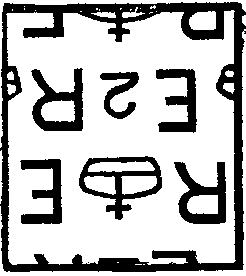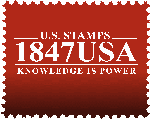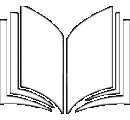
Illegal Use
An improper use of a stamp in an attempt to pay postage either intentionally or unintentionally.
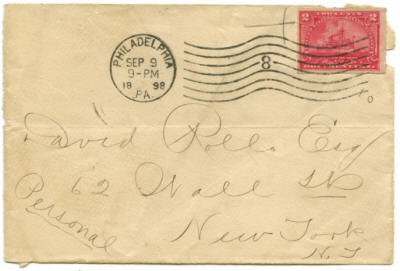
Imperforate
A stamp that has no perforations. Until 1857, U.S. stamps were issued imperforate. Most U.S. postage stamps were given perforations since then, but a few were issued imperforate in order that private companies could make coil stamps that worked with their affixing machines.
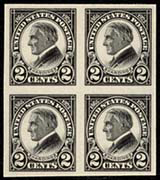
Imperforate Between
Occasionally a sheet of stamps is issued with a row or column missing perforations. Adjoining stamps missing these perforations are called "imperforate between" and usually command a premium. Care must be taken not to confuse blind perforations with no perforations, if there is even the slightest suspicion of a perf dimple, the stamp must be considered to have blind perfs and not "imperforate between".
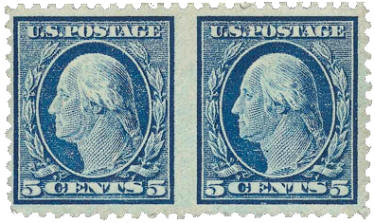
Imprimatur
An early "test" printing of a sheet of stamps from a new printing plate. The sheet need not be made on the same paper as the issued stamps, nor in the same color, and the sheet often remains ungummed and imperforate.
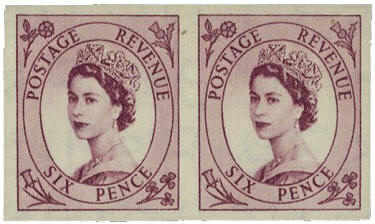
Imprint
The name or initials of the printer or any other information printed in the margin of a sheet of stamps. The plate number is not considered an imprint.

Imprint Block
A block of stamps removed from the sheet in such a way that the imprint, usually the name of the printer, remains intact.
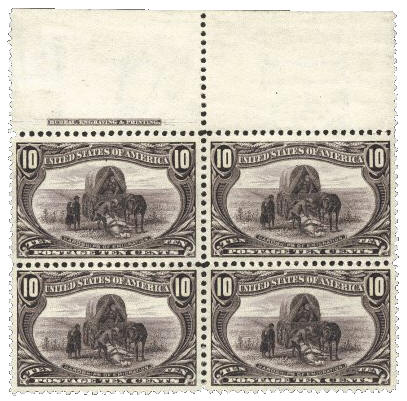
Improved Perforations
Perforations that are altered to improve the appearance of the stamp. This would include punching out a blind perforation. These are not ethical alterations and will actually lower the value of the stamp if detected.
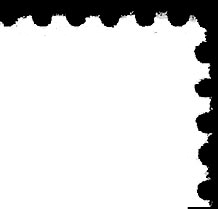
Inclusion (Natural Inclusion)
Any imperfection embedded in the stamp often of significantly different color than the stamp itself. Inclusions usually detract from the value of the stamp, but often only marginally.
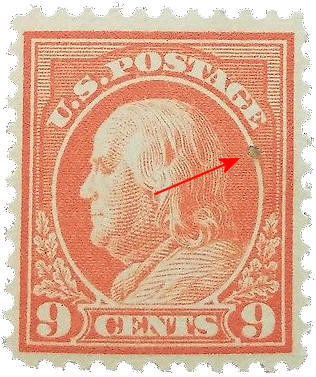
Indicium
The stamp impression of a postage meter or the imprint on postal stationery (as opposed to an adhesive stamp), indicating prepayment and postal validity. Plural: indicia.
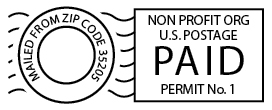
India Paper
A very thin, soft, silky textured, hand-made, opaque paper made from bamboo, primarily used for making die proofs. Since India paper was hand-made, the proofs often show irregular spots resembling thins or even pin holes.
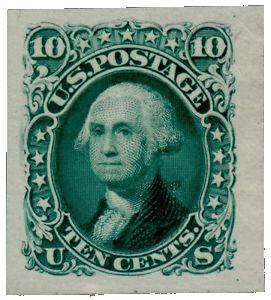
International Reply Coupon
A redeemable certificate issued by member nations of the Universal Postal Union to provide for return postage from recipients in other countries. IRCs are exchangeable for postage at a post office.
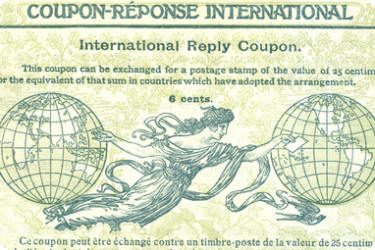
Intaglio
Any type of printing in which the design is recessed, that is below the surface of the plate. The design is etched into the surface of the plate by engraving, a mechanical method, or by gravure, a chemical method. Modern Intaglio press shown.
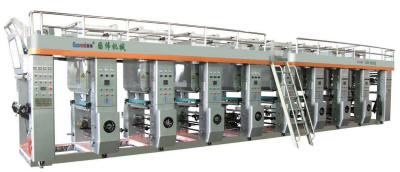
Interleaves
Sheets of glassine paper used to separate sheets of stamps, stamp album pages, and stamp booklet panes, among other things.

International Philatelic Exhibition
Since 1913, about once a decade, an international stamp show is hosted in the U.S.
1913 - NY, NY, October 27 November 1, 1913 (No Souvenir Sheet Issued)
1926 - NY, NY, October 16 23, 1926 (1st Souvenir Sheet Issued)
1936 - NY, NY, May 9 17 - TIPEX - Third International Philatelic Exhibition
1947 - NY, NY, May 17 25 - CIPEX - Centenary International Philatelic Exhibition
1956 - NY, NY, April 28 May 6, FIPEX - Fifth International Philatelic Exhibition
1966 - Wash., DC, May 21 30, SIPEX - Sixth International Philatelic Exhibition
1976 - Philadelphia, PA, May 29 June 6, INTERPHIL 76
1986 - Chicago, IL, May 22 June 1, AMERIPEX 86
1997 - San Francisco, CA, May 29 June 8, PACIFIC 97
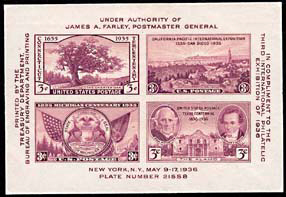
International Postal Supply Co.
International machine cancels are known as early as 1888, and appear to this day. These are the cancels that most would recognize as "machine cancels"
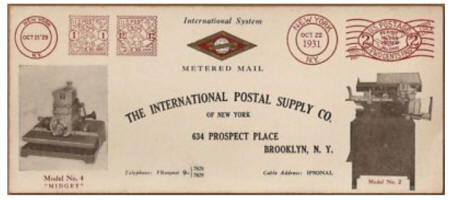
International Vending Machine Company Perforations
Private perforations applied to stamps by the International Vending Machine Company for use in its vending machines. These were the first government authorized experimental vending machines, first used in Washington, D.C. in 1908.

Invert
An invert is an error stamp in which a part of the design is printed "upside down" in relation to the rest of the design. Note that an invert can only occur when the printing process requires at least two independent passes through the press. Most inverts have at least two colors in which each color was printed separately, allowing a careless operator the chance to place the sheet in the press upside down on the second run.
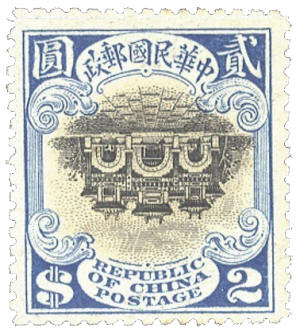
Inverted Jenny
The nickname for the 24¢ inverted airmail stamp of 1918 on which the airplane (vignette) was printed upside down in relation to the frame.
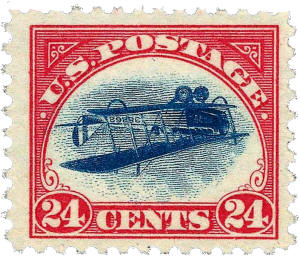
Inverted Watermark
An inverted watermark is upside down in relation to the design on the stamp.
